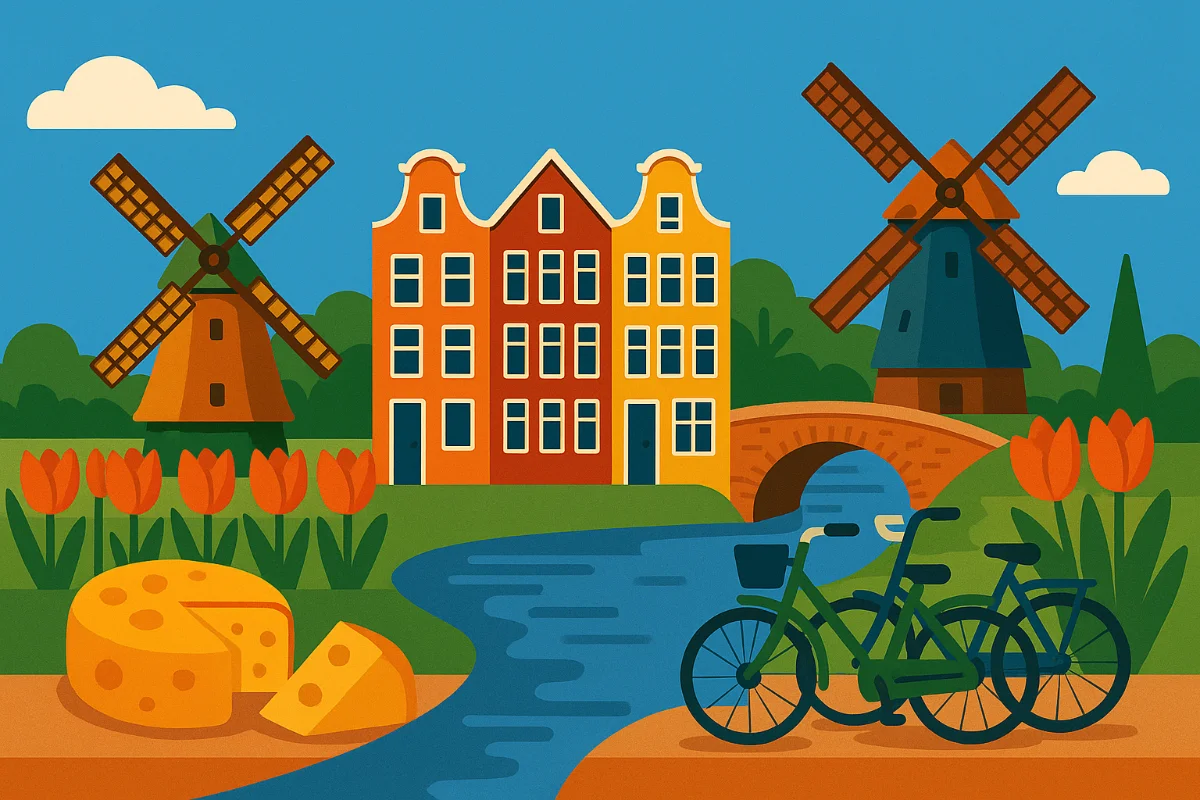Perfect Tense with 'hebben' (Voltooid Tegenwoordige Tijd - V.T.T.) (A2)
The perfect tense describes actions that were completed in the past, often with a connection to the present. It's similar to the English "I have worked". Most verbs use hebben as the auxiliary (helping) verb.
Formation:
Subject + Conjugated hebben + (Rest of sentence) + Past Participle
1. Conjugated hebben:
- ik heb
- jij/u/hij/zij/het heeft
- wij/jullie/zij hebben
2. Past Participle (Voltooid Deelwoord):
- Regular Verbs:
ge+ stem +t(if stem ends in t, k, f, s, ch, p - 't kofschip') ORge+ stem +d(otherwise). werken(to work) -> stemwerk->gewerktwonen(to live) -> stemwoon->gewoondpraten(to talk) -> stempraat->gepraat(no extratneeded)- Irregular Verbs: Have unique past participles that must be memorized (e.g.,
zien->gezien,kopen->gekocht).
Examples:
Ik werk.(I work - Present) ->Ik heb gewerkt.(I have worked - Perfect)Zij koopt een boek.(She buys a book - Present) ->Zij heeft een boek gekocht.(She has bought a book - Perfect)Wij wonen in Amsterdam.(We live in Amsterdam - Present) ->Wij hebben in Amsterdam gewoond.(We have lived in Amsterdam - Perfect)Heb jij de film gezien?(Have you seen the film? - Question)
Key Points:
- The auxiliary verb (
hebben) is conjugated according to the subject. - The main action verb goes to the end of the clause as a past participle.
- This is the most common way to talk about completed past actions in spoken Dutch.

